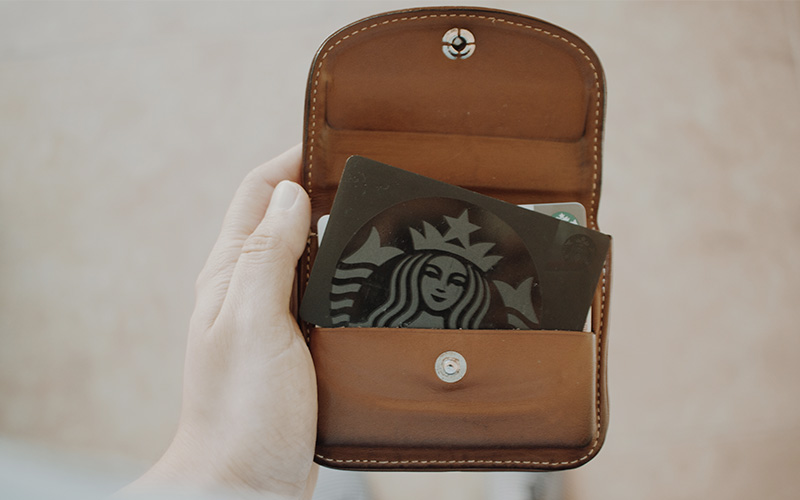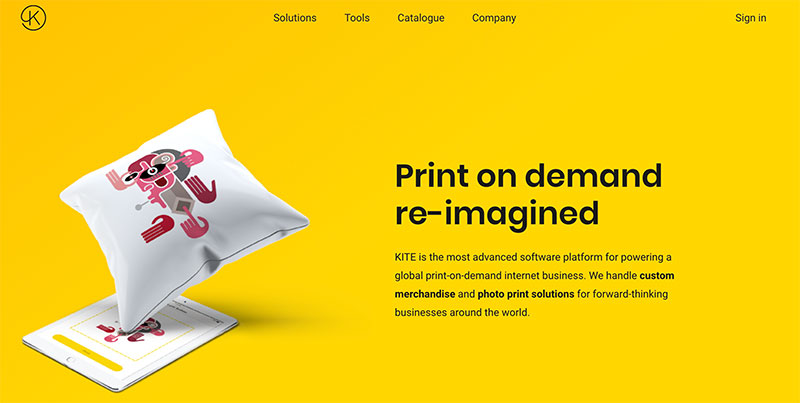How do you keep your customers coming back for more? This is the big question for every entrepreneur. Offering an outstanding set of products will set you on your way to becoming a magnet for those seeking superior quality, but often the decision to stay with a particular brand is far more enigmatic, even to customers themselves.
Purchasing decisions are made time and again without the use of logical faculties. Whether they know it or not, people want to connect emotionally with their chosen brand. Subconsciously, the alignment with a particular product generates an identity. People have a desire to be associated with a certain lifestyle, philosophy, or way of being. One way for eCommerce stores to create this connection is to offer unique custom merchandise, crafted for personality.

This type of merchandise is more accessible than ever. Print-on-demand (POD) has revolutionised the way in which brands can foster loyalty through a unique product range. By removing upfront costs for the merchant, POD gives uniqueness in a world of mass production.
Writing for Forbes, Tina Mulqueen says:
“Customization is gaining protagonism in all areas of our lives, from our online behavior to our entertainment habits, with digital ads targeting offers based on data stored in our browsers. In this climate, the customization of customer merchandise has to be prioritized if one wants to capitalize on current digital trends.”
In this article, I will look at how to set up a POD custom merchandise store on Shopify, and finish by showing how this improves brand loyalty among your audience.
How has print-on-demand impacted eCommerce?

Put simply, POD is the process of printing (and drop-shipping) “as and when” an item is ordered by a customer. Its archaic ancestor is a model that relied on pre-purchasing vast quantities of merchandise, which would sit on shelves in the hope of being sold.
The link between print-on-demand and the growth of custom personalised merchandise is clear; the risk for the merchant is non-existent, and they have more freedom for invention. Creativity knows no bounds, because no inventory needs to be kept and no upfront costs are incurred. This provides a superb opportunity for brands, startups, SMEs, and creative individuals.
Crash course: Setting up a custom merchandise store
If you haven’t already set up your custom merchandise store using POD, don’t worry. You could be out of the gate in an hour’s time by following these basic guidelines.
1. Choose an eCommerce platform
There are different ways to go about this first step. Some create a WordPress (or other CMS) site and add the Shopify plugin. If you are an established business, this may suit because you already have a website in place. If not, and you intend to focus on eCommerce in the long-term, choose a specialist eCommerce platform to build your online store.
The Shopify eCommerce platform is at the top of its game in terms of popularity – you are provided with a one-stop shop-creating platform. Pricing is low, and the platform allows a 14-day trial period to see if it suits your requirements.
2. Choose a print-on-demand partner

Kite offers a free merch plugin that is specifically designed for use on Shopify. It takes all the hassle out of the printing and delivery process by doing all the work for you. You simply upload your designs to the product catalogue, publish it on Shopify, and Kite does the rest. This graph from Fit Small Business illustrates your role as a business owner in the drop-shipping process.
3. Promote your store
If you are familiar with internet market strategies, promoting a custom merchandise store will use the same familiar tools. Content marketing, SEO, Google AdWords, organic social media and paid social media are the core channels used in the digital era. These channels must be tested and refined as you progress, to ensure best return on investment for your Shopify store. eCommerce Cosmos offers a variety of services to help your store grow.
Brand Loyalty, Custom Merch, and POD
In a world full of workhorses, be a unicorn.

At the heart of a POD strategy is customisation and personalisation. Particularly when it comes to millennial customers, the holy grail is individuality and distinction. In a world full of mass production, customers must feel better than lemmings destined to fall off the cliff of blandness.
Catalogues can form a unique identity, with no limit to the choice of designs. Each item can be made to order – specific, unique, unlike what goes before. In a recent Bain study, it was found that “customers are willing to pay 20% more than standard equivalents for customized products – and many companies are successfully charging higher premiums.” That’s a serious margin, considering the easy implementation of POD infrastructure for the merchant.
Leverage demand for social status.
No matter how surreptitious the inner-workings of the consumer may be may, the fact is that associating oneself with a particular brand fosters a particular social status. By making use of POD to build a creative brand identity; whether through unique brand-neutral products or explicitly branded merchandise, you can create your own gravitational universe. And the best thing is that these experiments don’t come with upfront risk.
Extend reach and brand awareness.
Custom merchandise also serves as a marketing and communications channel, beyond the digital options usually available. Brand advocates are out there representing you in the world, through unique and notable clothing, noticeable smartphone cases, and other remarkable items. Again, whether this pertains to branded merchandise or simply a uniquely-crafted product range, the job is done. Hammock Town does a great job to differentiate themselves with unique hammock t shirts.
Summary
Promoting a brand with physical merchandise is by no means new. From band t-shirts to the pens and coffee mugs given out by your bank, this was an established tactic pre-eCommerce. But print-on-demand for eCommerce has opened up huge opportunities for all, allowing you to build your brand with limited risk and no upfront capital.
At the heart of this phenomenon is technology. Paradoxically, tech has on the one hand created a globalised mass produced world, but on the other it has facilitated more choice, uniqueness, and flexibility. Startups, established businesses, and SMEs can make this work in their favour.


